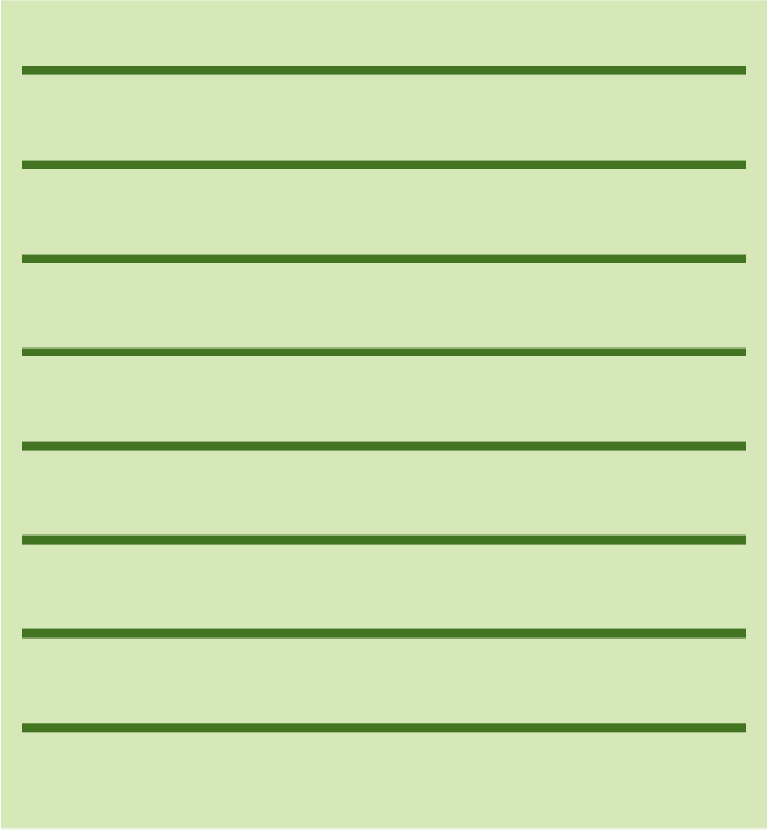Travel Reference
In-Depth Information
MAIN ARCHITECTURAL PERIODS
c 8th-3rd centuries BC
The Etruscans in central Italy and the Greeks in the southern Italian colony, Magna Graecia, lay the
groundwork for later Roman developments. Particularly influential are Greek temple designs.
c 4th century BC-5th century AD
The ancient Romans make huge advances in engineering techniques, constructing monumental pub-
lic buildings, bridges, aqueducts, houses and an underground sewerage system.
4th-12th century
Church building is the focus of architectural activity in the medieval period as Rome's early Christian
leaders seek to stamp their authority on the city.
15th-16th century
Based on humanism and a reappraisal of classical precepts, the Renaissance hits an all-time high in
the first two decades of the 16th century, a period known as the High Renaissance.
17th century
Developing out of the Counter-Reformation, the baroque flourishes in Rome, fuelled by Church money
and the genius of Gian Lorenzo Bernini and Francesco Borromini.
18th century
A short-lived but theatrical style born out of the baroque, the florid rococo gifts Rome some of its
most popular sights.
early 20th century
Muscular and modern, Italian rationalism plays to Mussolini's vision of a fearless, futuristic Rome, a
20th-century
caput mundi
(world capital).
1990s-
Rome provides the historic stage upon which some of the world's top contemporary architects experi-
ment. Criticism and praise are meted out in almost equal measure.

